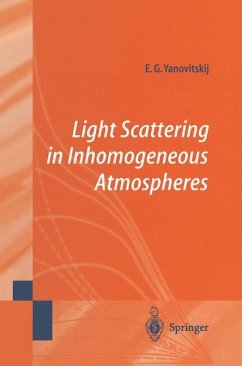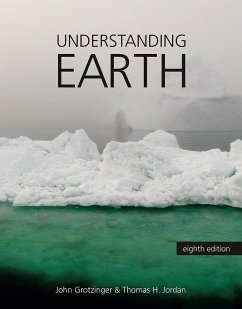
More Clouds, More Warmth? Understanding Cloud Feedbacks in the Arctic
Versandkostenfrei!
Versandfertig in 6-10 Tagen
28,49 €
inkl. MwSt.

PAYBACK Punkte
0 °P sammeln!
Most of the time, the transport of aerosol to the Arctic is strongly limited by the ther-modynamic condition of the air preventing a mixing of the Arctic and mid-latitudinal air. At the polar dome, the isentropes (surfaces of constant potential temperature) tend to not cross into the Arctic in the lower troposphere, but are instead forming a dome like structure, which suppresses the exchange of air. The reason is that an adiabatic lifting occurs along these surfaces, instead of a mixing with the denser cold air closer to the earth's surface (Barrie 1986; Stohl 2006). Isentropic mixing can occu...
Most of the time, the transport of aerosol to the Arctic is strongly limited by the ther-modynamic condition of the air preventing a mixing of the Arctic and mid-latitudinal air. At the polar dome, the isentropes (surfaces of constant potential temperature) tend to not cross into the Arctic in the lower troposphere, but are instead forming a dome like structure, which suppresses the exchange of air. The reason is that an adiabatic lifting occurs along these surfaces, instead of a mixing with the denser cold air closer to the earth's surface (Barrie 1986; Stohl 2006). Isentropic mixing can occur in the presence of cloud formation, radiative heating or turbulence, all of which are not, or a minor factor in Arctic winter. This barrier of air masses is also often referred to as the Arctic front (Quinn et al. 2015). Its position at the surface is sketched in Figure 1.4 as blue and orange lines, for winter and summer, respectively. The dome structure of lines of same potential temperatures is indicated by the dashed lines for summer only, but is not to scale in its vertical extent.














